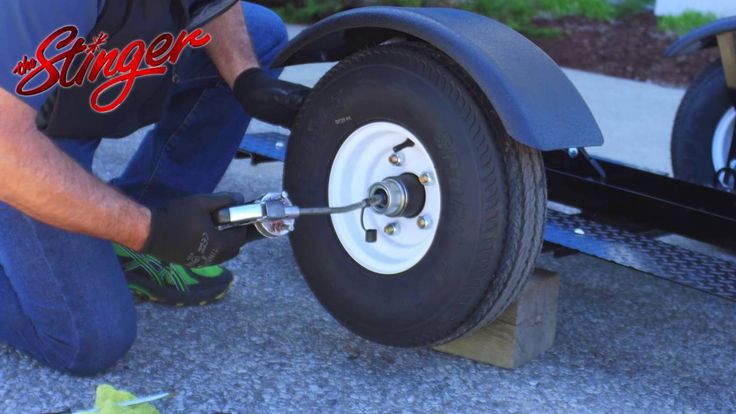Blog Home
Posted by Petra on 11/15/2011 to Trailer Tires FAQ
Towing a trailer is an undertaking that must be taken seriously for safety reasons. The load being towed and the size of the trailer must be able to handle the job. The trailer tires should be sufficient to handle the load being hauled.
Measuring a trailer tire involves sets of numbers that stand for the measurements and specifications of the tire. Understanding these markings will help in deciding what trailer tire is needed.
Begin by laying the trailer tire on its side on the ground. When measured from the ground to the edge of the tire, that equals the section width. In this example we will use a common trailer tire with the markings ST225/75R15. This is a metric value that is found on the sidewall of the tire. This measurement from the ground up should correspond to the first value, in this case 225, in millimeters. To convert this value to numeric, the formula is M x .0394. To convert our example, 225 millimeters x .0394 = 8.865 inches.
Measure aspect ratio from the top of the trailer rim to the top of the tire. In our example, ST225/75R15, this is the second number or 75. This stands for the number, as a percentage, to subtract from the section width, which results in the value of the trailer tire's section height. When using our example, the formula would be .75 x 225=169. Our section height is now 169 millimeters. The conversion formula to inches is again, M x .0394. Take 169 x .0394 = 6.658 inches.
In our example, ST225/75R15, this is the second number or 75. This stands for the number, as a percentage, to subtract from the section width, which results in the value of the trailer tire's section height. When using our example, the formula would be .75 x 225=169. Our section height is now 169 millimeters. The conversion formula to inches is again, M x .0394. Take 169 x .0394 = 6.658 inches.
Internal construction is contained in a metric label only. This is identified by one letter, being R or B or D. R is radial construction, so the tire's body plies extend from the center. D is for diagonal or bias ply construction, so the tire's body plies pattern in a crisscross. B is for belted construction, so the tire's body plies pattern in a crisscross and is strengthened with belts. In our example, the R is for radial construction.
Following this letter is a number representing the diameter of the trailer wheel. The third value is the wheel diameter stamped on a trailer tire. In our example, ST225/75R15, this value is 15. Even though this is called a metric measurement value, the last value in these labels are inches. In our example, 15 stands for 15 inches. This value is obtained by measuring the space in the middle of the tire or the trailer rim.
In our example, ST225/75R15, this value is 15. Even though this is called a metric measurement value, the last value in these labels are inches. In our example, 15 stands for 15 inches. This value is obtained by measuring the space in the middle of the tire or the trailer rim.
Using ST225/75R15 again as an example, it shows two letters, ST, which signifies the application type. In this example, ST is the value for special trailer. There are other codes that represent other application types. P =passenger vehicle, T= temporary spares, LT=lightweight trucks and C=commercial vans.
In summary, there are three areas to measure to decide the correct trailer tire size required. The width of the trailer tire, the diameter of the rim and the height from the rim top. The letters correspond to the appropriate load use or the materials used in making the tire. The best way to ensure road safety is to have these values as accurate as possible. Use these values to determine that the load being hauled by the trailer have sufficient capabilities; and are appropriate to the load being hauled.
Previous Post
Next Post
by Emily Donoho
Sharing is caring!
10 shares
Wondering how to measure trailer wheel size?
If you’re planning to change your trailer’s tires, then you’ll need to know a few key things, including the bolt and lug patterns.
Fret not because I’m here to answer.
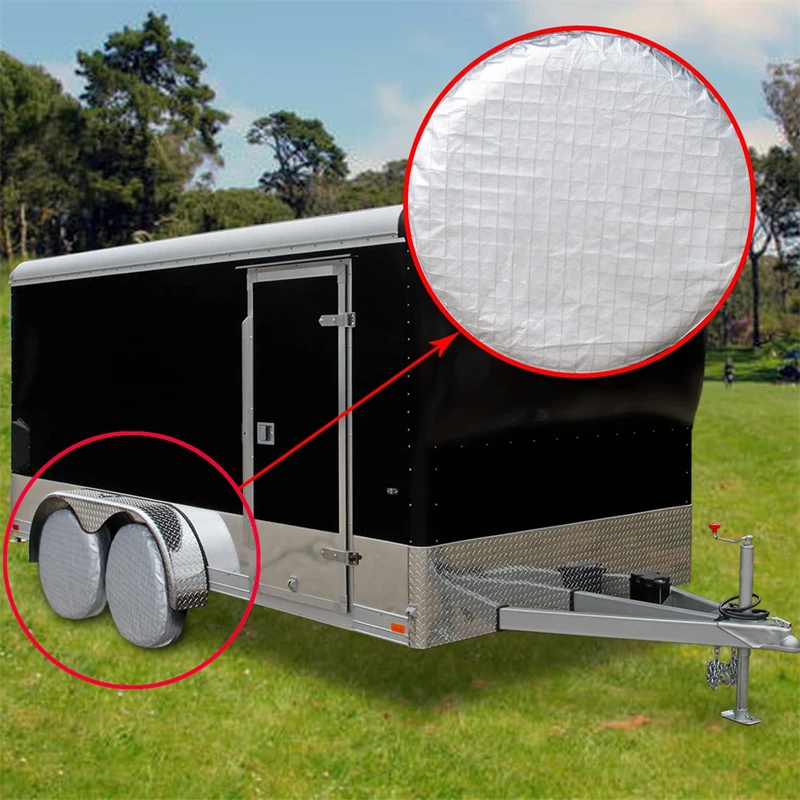 Depending on this, your tire size will vary.
Depending on this, your tire size will vary.Table of Contents
Why Does Wheel Size Matter?Before I dive into the guide, it is essential to understand why the wheel size is even a subject of concern and why it is important to get the correct tires.
In simplest terms, the wheel size determines the vehicle’s grip on the road. The larger the wheel size, the better grip it will have, thus the better handling.
Similarly, it affects ground clearance and the total weight that can be managed. If you buy a set of large and durable tires, then they will relatively be able to hold more weight. All in all, however, the wheel size is extremely important.
What Is The Usual Size Of Trailer Wheels?This is quite a common question that I get. The general rule of thumb is to get as large tires as possible that fit with your trailer.
In essence, the wheels should have enough ground clearance not to cause friction between the trailer’s base and the road. This is specifically true when driving through speed breakers.
This is specifically true when driving through speed breakers.
The most common horse trailer tire sizes are 8”, 10”, 12”, 13”, and 14”.
How To Read Your Wheel Size?If you own a vehicle, then knowing what those numbers on the sidewall of the wheel represent is crucial. It can save you time and effort if you ever need to replace a wheel.
In essence, the wheel will have 7 different things represented as a code.
Therefore, if you want to measure the trailer wheel size, simply note the above details for your tire.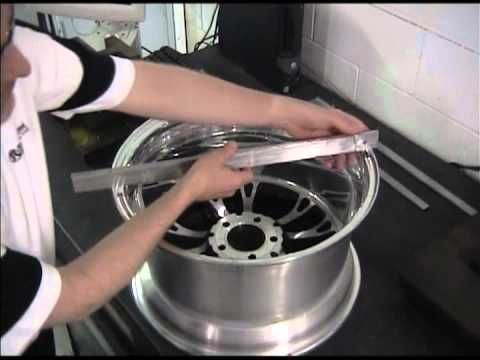
Learn more about how to measure trailer wheel size from the expert in this video.
READ MORE: How Often Should Trailer Tires Be Replaced?
What Lug Pattern Or Bolt Pattern Does My Trailer Have?A bolt pattern or lug pattern represents the measurement of a circle that would be formed if all the lug holes lay on a circle. (1)
It is represented by two numbers where the first number represents the number of lug or bolt holes while the second number represents the circle’s diameter.
How Many Kinds Of Bolt Patterns Are There?In essence, there are various kinds of lug patterns based on the number of lug holes. The most common ones are 4-lug, 5-lug, and 6-lug patterns.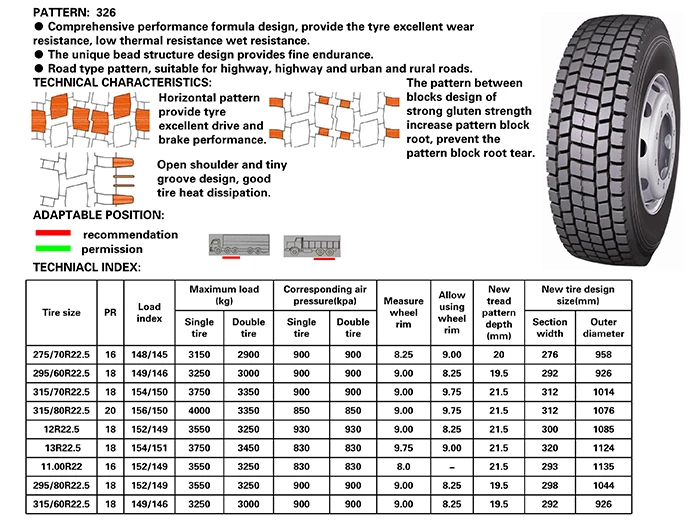
To measure, check how many bolts the wheel has.
In case the wheel has an even number of bolts, measure the distance from one bolt to another. (2)
In case the wheel has an odd number of bolts, then you will measure the distance between two bolts directly across each other.
The result will give you the diameter. In essence, however, the bolt pattern will depend on the number of holes.
Is It Possible To Change Rims, and How?Yes, you can. It helps to remember that vehicles with bigger rims can also be used with larger tires.
For this very reason, if you are planning to change your rim size, it is easily possible to do so with a few tools. Simply follow the steps below:
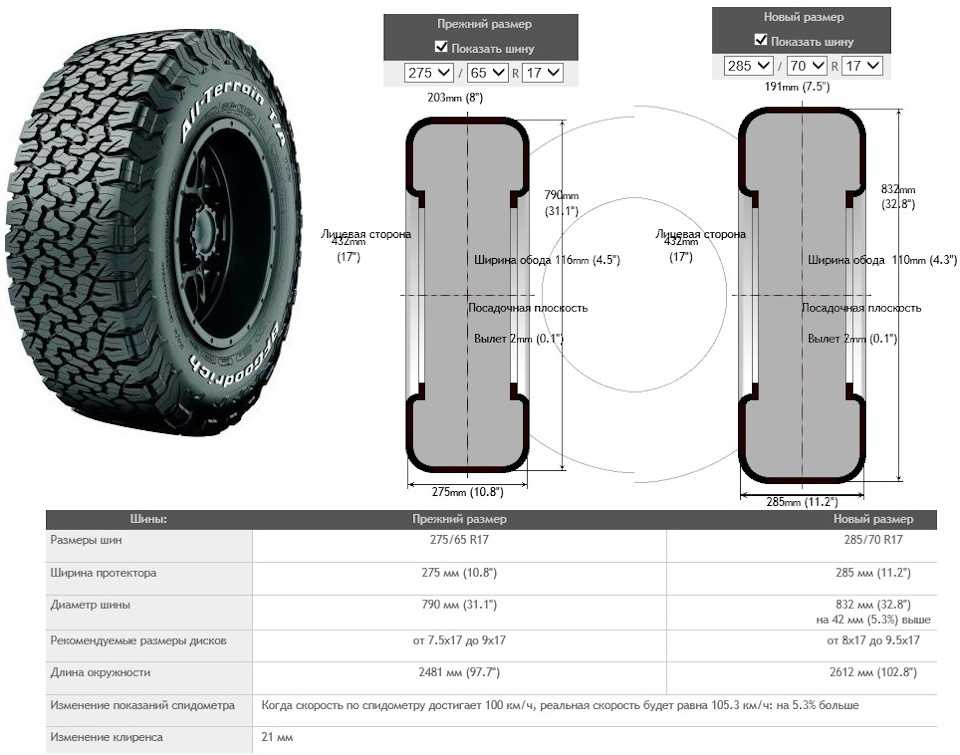
In essence, the D stands for diagonal bias construction. If the tire has biased construction, then that means that the plies which were used for the tire are crisscrossed.
However, this is a traditional system because modern tires incorporate radial structure.
Radial tires and bias are essentially two options, with bias tires made using cords of polyester and nylon belts that are crisscrossed.
On the other hand, radials are made by crisscrossing steel belts. The latter option is much better due to the structural integrity that it provides.
As we mentioned earlier, the larger the wheel size, the better. It will be slightly expensive; however, having a larger wheel will ensure better ground clearance and better handling on the road.
Conclusion
Whether you’re thinking of getting larger tires or replacing the old worn-out ones, knowing how to measure trailer wheel sizes can help a great deal.
In this guide, I went over the procedure to measure and read the tires, along with deciphering the codes on the sidewalls. That brings us to the end of this guide.
Did you find the guide helpful? Let us know in the comments section!
References: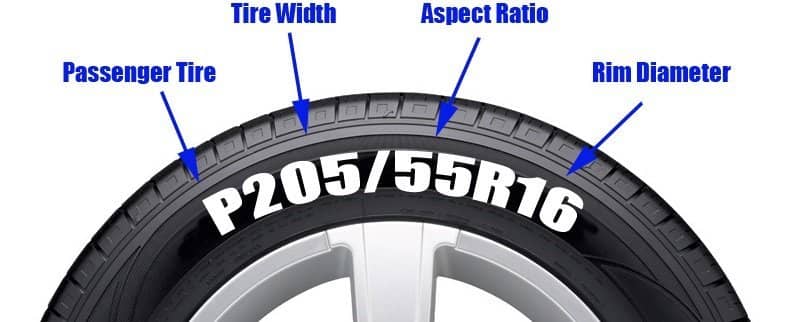 Available from: https://www.petestirestore.com/How-to-Measure-your-Trailer-Wheels-Bolt-Pattern-_b_25.html
Available from: https://www.petestirestore.com/How-to-Measure-your-Trailer-Wheels-Bolt-Pattern-_b_25.htmlEmily Donoho
Emily is a native of Colorado, currently living in Glasgow, Scotland, working as a freelance writer. She is a long-time horsewoman, having started riding at the age of 6, then competing in dressage around Colorado and Massachusetts, where she finished her undergraduate degree in psychology.
Following a move to the UK and a PhD, she worked for a few years as a freelance horse trainer in Central Scotland. She’s interested in holistic horsemanship, fostering better communication and understanding between horses and humans, riding with lightness and softness, and she’s forever seeking out the newest research into equine behavior and psychology.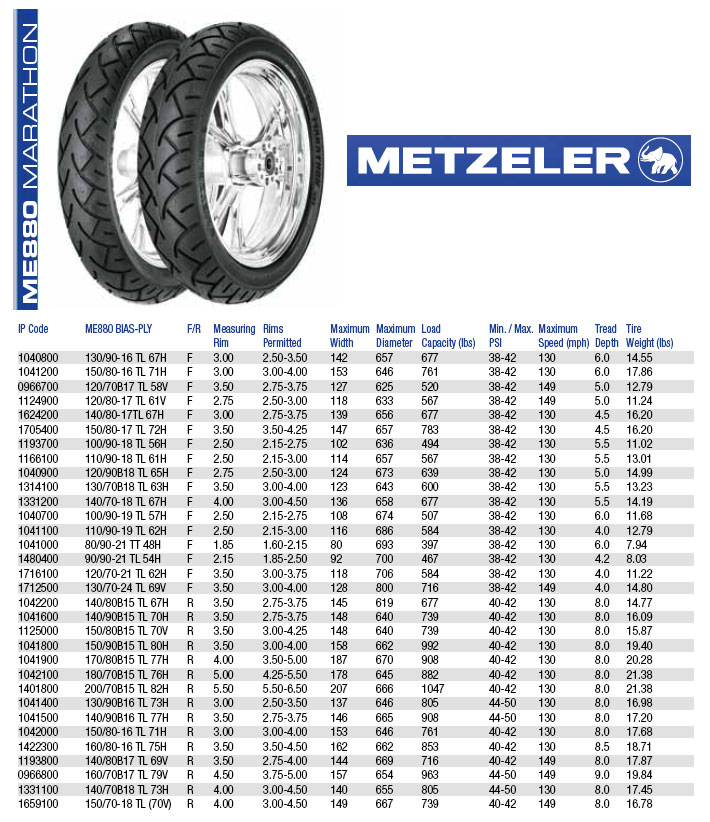 When not writing, she can be found at the barn with her two equine partners, Foinavon, an ex-feral Highland pony, and Hermosa, a young Andalusian.
When not writing, she can be found at the barn with her two equine partners, Foinavon, an ex-feral Highland pony, and Hermosa, a young Andalusian.
Follow on TWITTER and FACEBOOK
Read her Latest articles
Learn more about HER
The choice of trailer tire has a strong influence on the safety, convenience and comfort of hauling. To buy tires for a trailer, you need to make a choice based on the purpose and operating conditions, as well as take into account the type of road surface where the trailer will be used. Tires on the trailer must be selected in accordance with the technical and operational characteristics.
When choosing tires for trailers and semi-trailers, it is recommended to take into account the following factors:
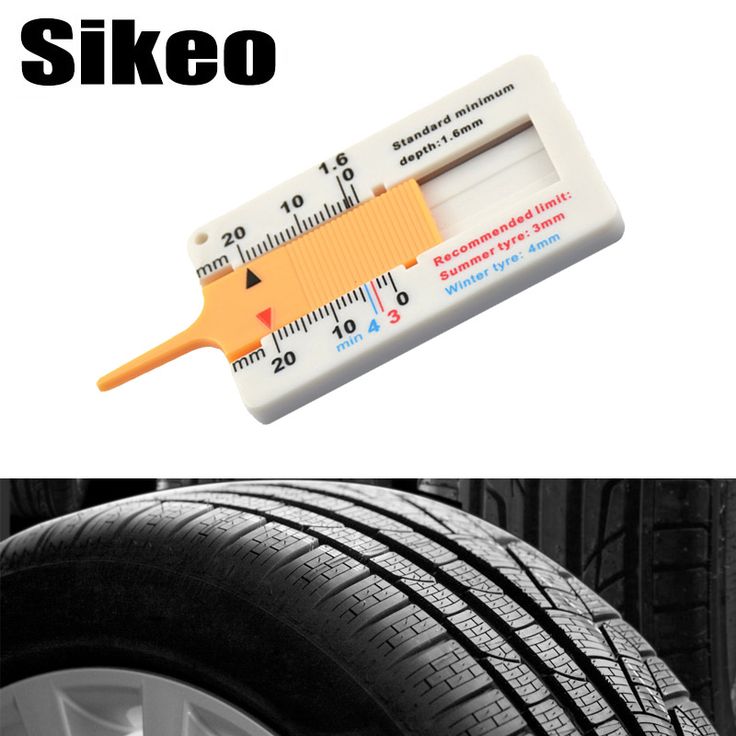
According to the type of tread pattern, tires for trailers and semi-trailers are distinguished: off-road, universal, road. The special design of the tread provides maneuverability when driving and allows a quick response to the movement of the steering wheel, and also allows the tire to interact with the road in a quality manner.
The most popular tire sizes for trailers and semi-trailers are 385/65R22.5 or 385/55R22.5. All tire sizes must be purchased depending on the size of the wheel and the model of the trailer or semi-trailer.
Tires for trailers and semi-trailers must meet the following requirements:

You can buy trailer and semi-trailer tires in almost any Tire Line tire center, online or offline.
Trailer tires are subjected to heavy daily use, which includes driving long distances. In order to ensure the safety of cargo during cargo transportation, increase the level of safety and comfort, improve the technical and operational properties of both the vehicle itself and the trailer or semi-trailer, it is necessary to choose the right tires, taking into account all of the above factors. In turn, the right choice of tires will save fuel and improve handling on dry and wet road surfaces.
0Please leave your phone number, we will call you back at a convenient time for you.
Login *
Password * 9000 Oskemen Kokshetau Kostanay Uralsk Balkhash Pavlodar Semey Kyzylorda Taldykorgan
Reset Show
Tire catalog Select by tire size Brand Select tire manufacturer Winter You can ask any question you are interested in about the product or the work of the store.
Our qualified specialists will definitely help you.
Question * Full name * Phone * E-Mail *
By clicking on the Send button you agree to
personal data processing
Cancel
8(771)707-27-27
So, you are planning to replace car tires - no matter for what reason, maybe the old tires are out of order or you are thinking of changing the appearance of your car - the first thing you will need to decide is to decide what size car tires are needed specifically for your vehicle. Only after that you will be able to choose a suitable tire model in the online store. Understanding the marking of rubber is not as difficult as it seems - just read the information in this article.
The vehicle type for which each tire is designed is indicated by numbers or letters on the tire. Typical tire operating conditions can be seen here.
Typical tire operating conditions can be seen here.
Let's consider an example - size P 225/45R17 91S.
The letter "P" used on car tires indicates that the product is intended for passenger cars and is present in the P-metric system, which began to be used more than 40 years ago and is still in use today. Passenger cars include passenger cars, minivans, pickup trucks and light (parquet) SUVs. The carrying capacity of vehicles for which tires with the P mark are intended should be in the range from 250 to 500 kg per 1 wheel.
If the rubber marking does not start with a letter and three numbers, this means that this tire is made according to a different dimensional system - Euro-metric, which is common in European countries and applies to car tires for passenger cars, vans and light SUVs. The size range in the P-metric and Euro-metric systems is almost identical, the differences exist only in the ultimate load.
Consider another example - T125/90D16 98M.
Tire markings beginning with the letter T indicate that the tire is a spare tire and can only be used during tire fitting work on the main tire.
If the tire marking begins with the letter designation LT, this indicates that the product belongs to the Light Truck-metric size system, which is used to designate the size range of automotive rubber installed on large vehicles, pickups, vans, powerful SUVs with a load capacity of 750 up to 1000 kg.
If the marking of a car tire ends with the letter LT, this means that the tire belongs to one of three marking systems - flotation (Flotation), numerical (Numeric) or wide base (Wide Base). These systems apply to tire sizes for heavy trucks and trailers. For such vehicles, rim diameters start at 16.5 inches, with the help of a large tire, the car easily copes with the most difficult and difficult trails. In this category, you can pick up tires for cars weighing from 500 to 1000 kg.
In the Euro-metric system, the letter designation may come after the number, for example, the letter C in this example is /70R15C 104/102R. This means that this rubber is intended for use on commercial vehicles - trucks, trucks or vans. In addition to marking C, the letter designation B or D may be allowed, which also corresponds to a certain load range.
In addition to marking C, the letter designation B or D may be allowed, which also corresponds to a certain load range.
A tire label that begins with the letter ST, eg ST225/75R15, indicates that the tire is intended for general or special purpose vehicle trailers. Tires with this marking are not permitted on cars, trucks, vans and pickup trucks.
To more accurately determine the choice of tire sizes and the most suitable modification of rubber for your car, a specialist from our company GOOD WHEELS can always help you - just make a call to the indicated numbers or leave a request on the website - you will be given a detailed consultation on the model and size range. We recommend that you have at least basic knowledge in this area - this knowledge will always be useful to you and you can learn it by asking a consultant of our tire center.
Everything is much simpler here than with letter designations. The three-digit number after the letter indicates the size of the tire width in millimeters. For example - 225/45R17 91S. Here the number 225 is the width of the tire from outside to inside when measured directly on the wheel after installation.
The three-digit number after the letter indicates the size of the tire width in millimeters. For example - 225/45R17 91S. Here the number 225 is the width of the tire from outside to inside when measured directly on the wheel after installation.
The next two digits indicate the numerical value of the ratio of the height of the tire to the width of the profile. For example, in this case - 225/45R17 91S figure 45 means that the height of the tire is 45 percent of the profile width. Height is measured from the outer edge of the wheel to the seat rim. That is, the higher the number, the larger the sidewall of the tire. If we know that the tire width is 225 millimeters, and the digital value is 45, then this means that the profile height is 101.25 mm. In another example - 225 / 70R16 - the ratio is slightly different, with a width of 225 mm, the height is 70 percent, that is, 157.5 mm.
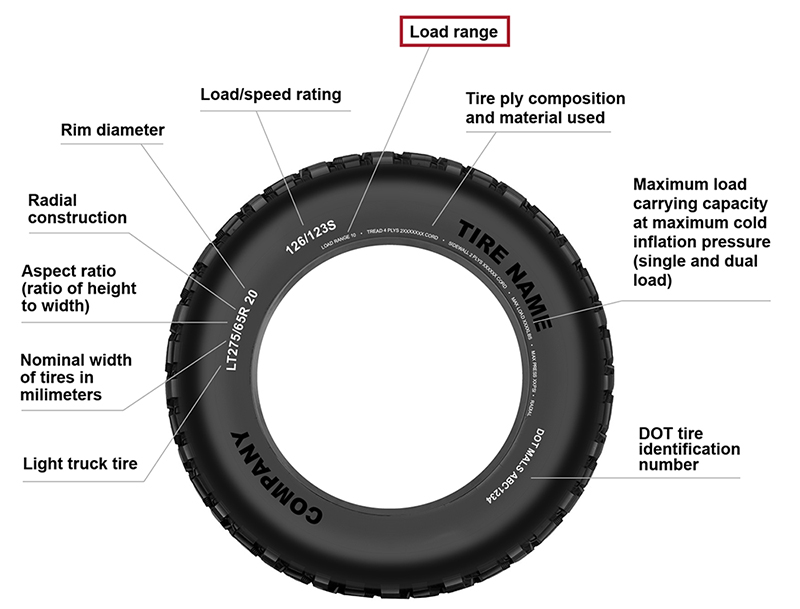
In this example - 225/45R17 - the letter R indicates that the cords in the carcass are located radially, that is, the tire has a radial design. The radial type of tires is the most common and sold. More than 98 percent of all produced and sold car tires are of radial design.
Tires designed for light duty vehicles will use the letter D instead of the letter R. This tire will have a diagonal carcass type.
Tires marked B are practically non-existent and rarely produced - these are tires with a diagonal carcass and tread reinforcement with special belts. This design is called Belted and is a rarity in car shops and tire centers.
The letter Z can be added to the letter designation R - as in this example 225/45ZR17. Now it is rare to find tires with such a designation, but nevertheless, the speed index is displayed in this way - Z-speed rated.
The speed index can only appear after the numbers indicating the percentage of height to width ratio and after the letter R, indicating the type of internal tire construction - but this is rarely used, since 1991 the speed index marking has been indicated in the service description.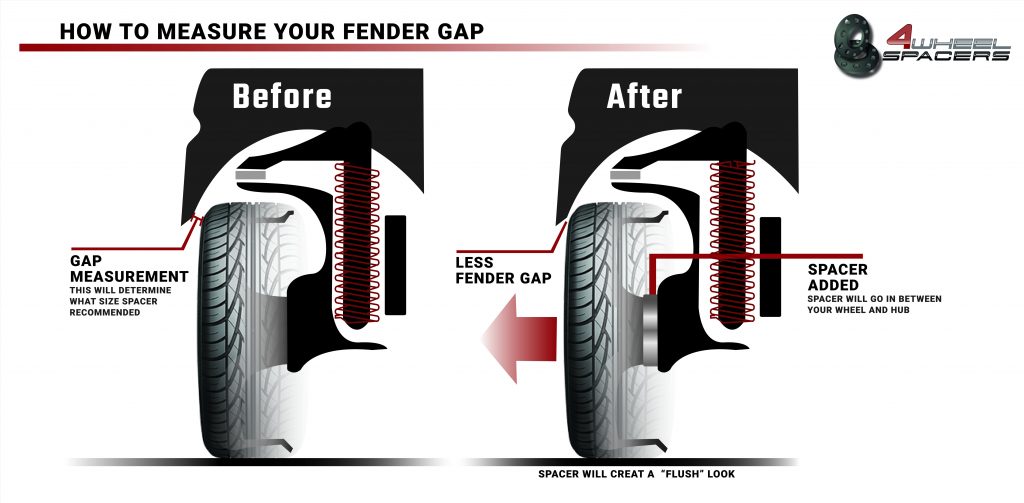
After the letter R (D or B), manufacturers indicate a numerical designation that shows which rim diameter this tire fits. For example, in the marking P225 / 45R17 91S number 17 means that this rubber is intended for a disk with a diameter of 17 inches.
The numerical designation can be from 8 to 28 - what number, this should be the size of the disk to install this particular tire on it. Common designations are 8, 10, 12, 13, 14, 15, 17, 18, 19, 20, 23, 24, 26, 28. This size range allows you to choose tires for cars and trucks, minivans, vans, SUVs.
Less common but still used sizes are 14.5, 15.5, 17.5 and 19,5. These dimensions are suitable for heavy-duty trucks and covered vans.
Sometimes the size markings are given in millimeters, for example - 190/65R390. Such a system is called millimetric. Michelin uses this system for the TRX range.
Michelin also uses its own original integrated tire labeling system called the Michelin PAX.